Below, we will explore a diverse range of full sun bushes that are not only visually striking but also beneficial for your garden ecosystem.
Butterfly Bush (Buddleja spp.)
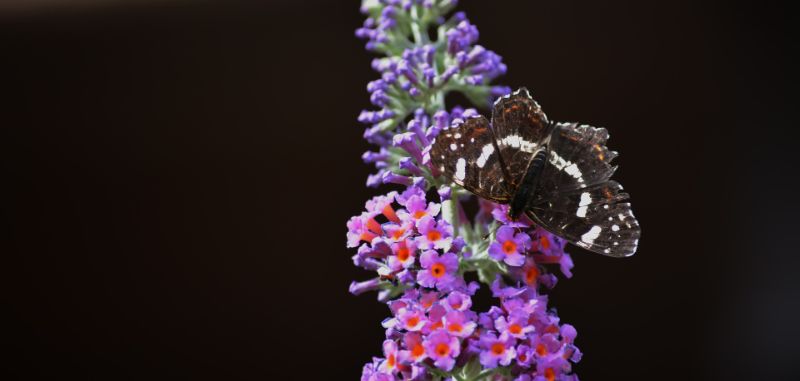
One of the shining stars of full sun shrubs is the Butterfly Bush (Buddleja spp.), renowned for its ability to attract a myriad of pollinators. These bushes bloom throughout the summer with elongated panicles of purple, pink, white, or yellow flowers. The sweet nectar draws butterflies, bees, and hummingbirds, making it an ecological treasure for your garden.
Butterfly bushes thrive in well-drained soil and prefer a sunny location, where they can reach heights of up to 10 feet, depending on the variety. Pruning them back in late winter can encourage robust growth in spring and keep their shape tidy. Be cautious, however, as these plants can become invasive in certain regions, so be sure to check your local guidelines before planting.
California Lilac (Ceanothus spp.)
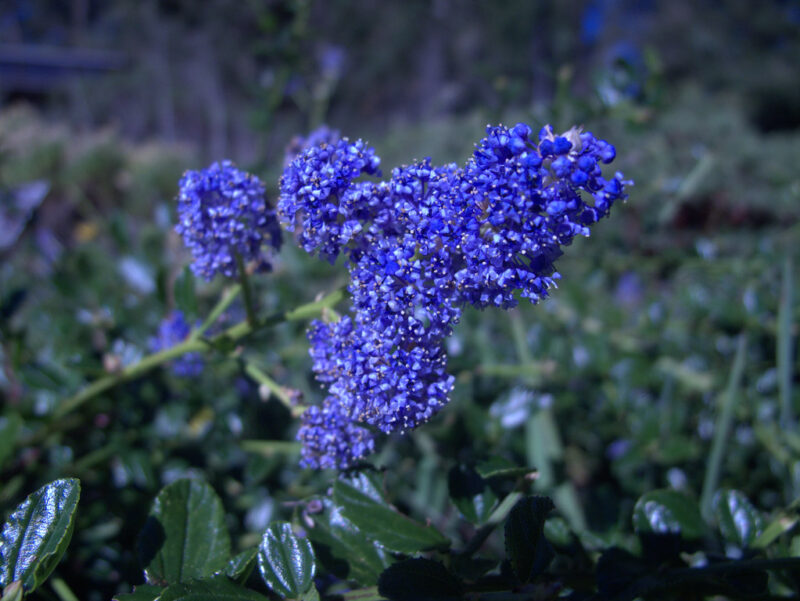
Another gem for sun-drenched gardens is California Lilac (Ceanothus spp.), famous for its lush, rich blue flowers that bloom in spring. This shrub is native to California and thrives in hot, dry conditions, making it an excellent choice for xeriscaping or low-water gardens. The rugged, evergreen foliage adds texture and can provide substantial visual interest even when not in bloom.
California Lilacs come in various sizes, from low-growing ground covers to towering shrubs. They are relatively low maintenance, though they do appreciate some form of soil amendment to thrive. Their hardiness can withstand drought, and they provide effective erosion control on slopes.
Chaste Tree (Vitex agnus-castus)

The Chaste Tree (Vitex agnus-castus) is a striking choice for those seeking both aesthetics and aromatic foliage. Growing up to 20 feet tall, this shrub features beautiful spikes of purple flowers during the summer months, creating a stunning display that becomes a magnet for pollinators.
Traditional uses of the Chaste Tree date back to ancient times, where it was employed for its medicinal properties. Today, it is cherished not only for its beauty but also for its drought tolerance. This bush prefers full sun and well-drained soil, making it a resilient addition to your garden. Deadheading spent flowers will encourage additional blooms, keeping your garden vibrant all summer long.
Shrubby Cinquefoil (Potentilla fruticosa)
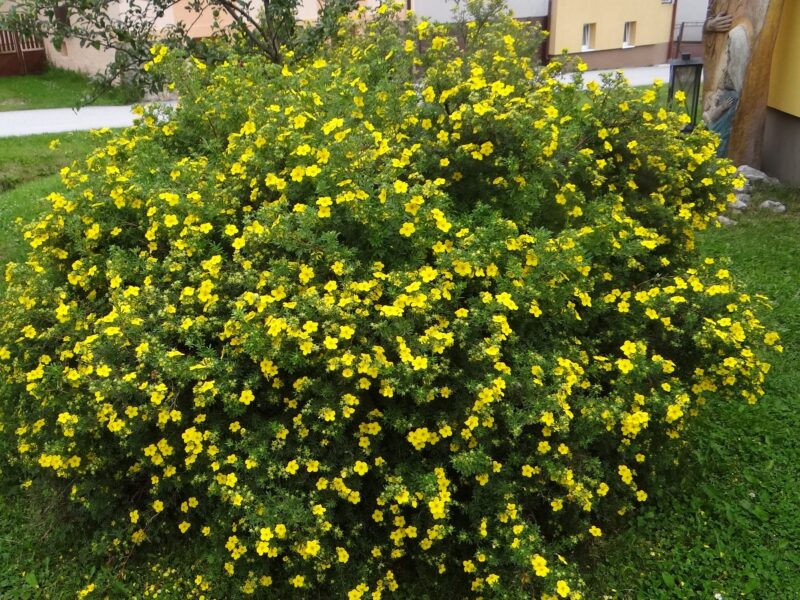
If you are looking for a reliable, hardy bush, consider the Shrubby Cinquefoil (Potentilla fruticosa). This versatile shrub features delicate, five-petaled flowers in shades of yellow, orange, white, or pink that bloom from late spring through fall. Its finely dissected leaves create a soft backdrop for these vibrant blossoms.
Shrubby Cinquefoil is exceptionally adaptable and can thrive in poor soils, making it perfect for those rocky areas or spots with less-than-ideal growing conditions. It maintains a compact form, typically growing to heights of 2 to 3 feet, which makes it ideal for borders or low hedges. Regular pruning will help maintain its shape and encourage fuller growth.
Flowering Quince (Chaenomeles spp.)

Flowering Quince (Chaenomeles spp.) is a fantastic choice for early spring color in your garden. This deciduous shrub displays stunning blossoms ranging from hot pink to pale white, heralding the arrival of warmer weather long before most plants wake from their winter dormancy.
In addition to being visually appealing, Flowering Quince is a resilient plant that tolerates poor soil condition and is highly adaptable. It produces small, spherical fruits that can be used in jams or jellies, making it doubly useful in your garden. Pruning after flowering helps manage its size and encourages a denser, bushier habit.
Lantana (Lantana spp.)

Lantana (Lantana spp.) is the life of the garden party, renowned for its bright, cheerful clusters of flowers that attract butterflies and hummingbirds. With a wide color range, including vibrant oranges, yellows, and purples, Lantana blooms throughout the summer and into fall, providing continuous color even in the hottest months.
This heat-loving shrub is perfect for gardens in warmer climates, where it thrives in full sun and doesn’t need much water once established. Although its sprawling habit can be invasive in some areas, careful selection of non-invasive varieties can help maintain your garden’s beauty without risking harm to local ecosystems. Lantana is also relatively maintenance-free, making it an excellent choice for busy gardeners.
Oleander (Nerium spp.)
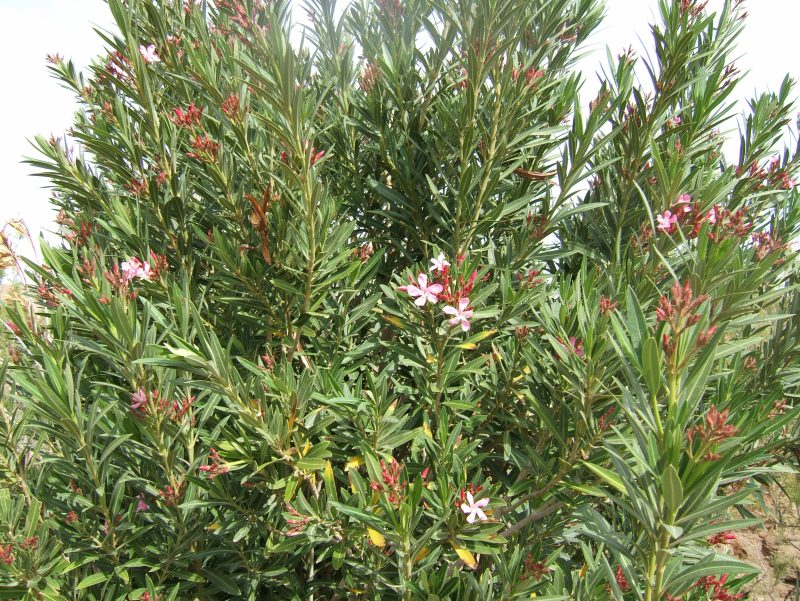
Oleander (Nerium spp.) offers a tropical feel to any garden with its lush, glossy leaves and abundant, fragrant flowers in shades of pink, white, and red. These hardy shrubs can tolerate drought and coastal conditions, making them a popular choice in Mediterranean-style gardens or sunny landscapes.
Despite its beauty, Oleander is toxic if ingested, so it’s essential to plant it where children and pets cannot reach it. Once established, it requires minimal care, thriving in well-drained soil and full sun. Regular deadheading encourages blooming and keeps the plant looking vigorous throughout the growing season.
Rockrose (Cistus spp.)
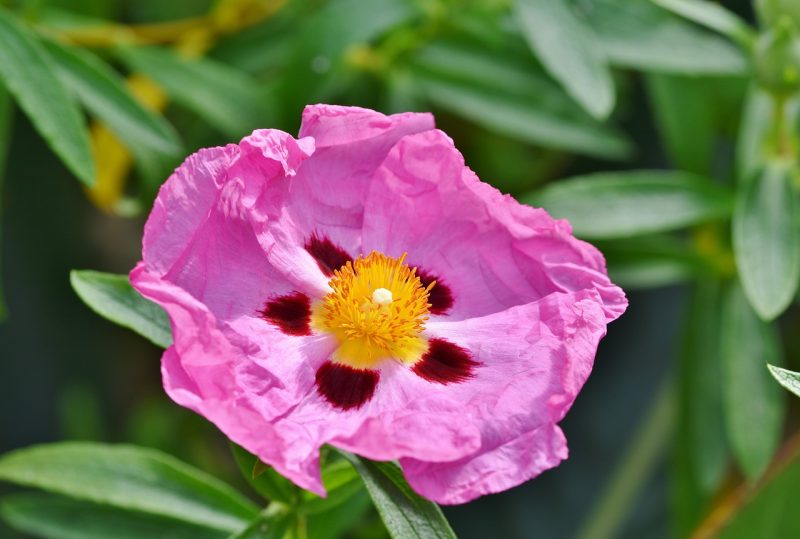
For a truly resilient option, consider Rockrose (Cistus spp.), a Mediterranean native that thrives in rocky, sandy soils and hot conditions. These evergreen shrubs burst into bloom in late spring, displaying large, crinkled flowers in white, pink, or purple. Their attractive foliage and hardy nature make them suitable for difficult gardening conditions.
Rockrose is essential for drought-resistant gardens, as it requires little water once established. Its unique flowers attract a range of pollinators while adding character to any landscape. Minimal maintenance is required, but occasional pruning helps maintain its size and shape, ensuring a tidy appearance.
Rose (Rosa spp.)
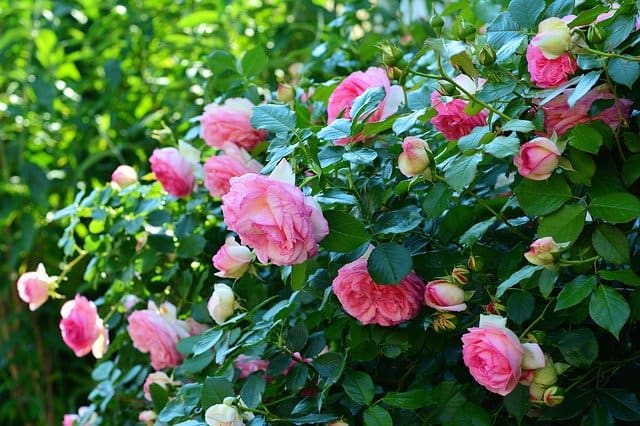
Roses are perhaps the most iconic of flowering shrubs, with varieties that thrive in full sun situations. These versatile plants produce exquisite blooms in practically every color imaginable and can be used in borders, hedges, or as standalone accents in any garden.
Typically requiring about six hours of sunlight daily, roses appreciate well-drained soil and consistent watering, especially during their blooming season. Regular deadheading will promote further blooms, and annual pruning helps maintain good air circulation and overall plant health. With a wide variety of hybrid species available, you can find a rose bush that suits any design aesthetic or garden size.
Tropical Hibiscus (Hibiscus rosa-sinensis)
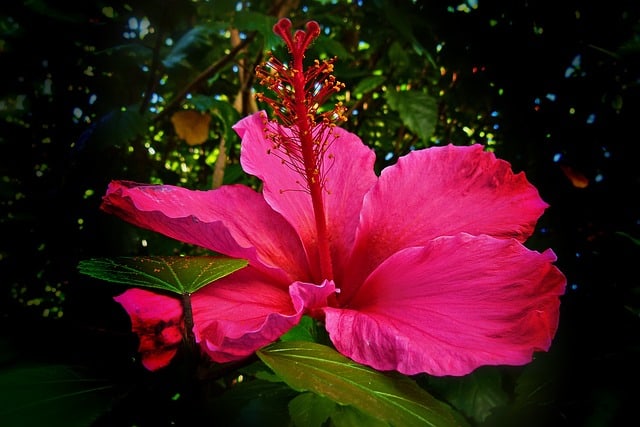
Tropical Hibiscus (Hibiscus rosa-sinensis) is a stunning shrub celebrated for its large, dramatic flowers that can be found in a variety of vibrant hues. Ideal for full sun conditions, this tropical beauty thrives in warmer regions but can also be grown as a houseplant in cooler climates.
Hibiscus prefers moist, well-drained soil and regular fertilization during the growing season to sustain its prolific flowering. While this bush might be sensitive to freezing temperatures, its attractiveness as a summer bloomer culture holds a certain allure that many gardeners are eager to embrace.
Weigela (Weigela spp.)
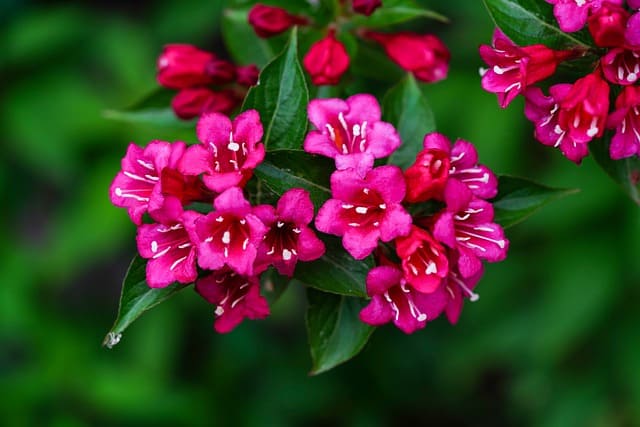
Weigela (Weigela spp.) shrubs are characterized by their showy, trumpet-shaped flowers that bloom in late spring and early summer. Available in shades of pink, red, and white, these shrubs attract hummingbirds and pollinators, contributing to a lively garden atmosphere.
Weigela thrives in full sun, but they can tolerate partial shade, growing best in well-drained, fertile soil. Pruning immediately after flowering helps maintain the plant’s shape and promotes denser foliage. Weigela is also known for its striking Fall color, sporting lovely yellow and red hues as the leaves change, which enhances seasonal interest in your landscape.
Crape Myrtle (Lagerstroemia indica)
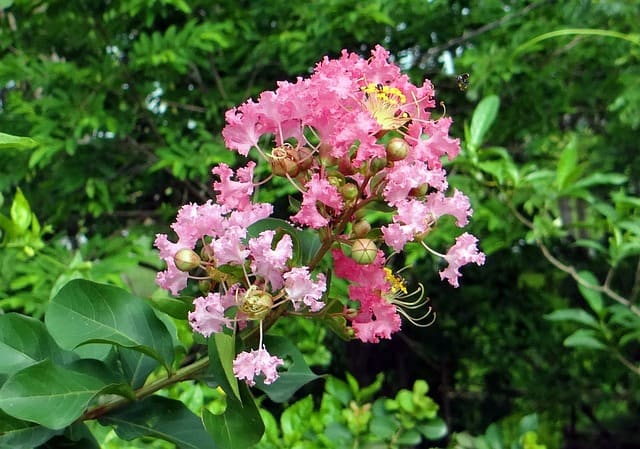
Crape Myrtle (Lagerstroemia indica) is a favorite among gardeners for its long-lasting summer blooms and striking bark. This shrub adapts well to warmer environments, showcasing fluffy clusters of flowers in vibrant shades of pink, purple, white, and red, while its peeling bark adds interest during winter.
They thrive in full sun and prefer well-drained soil, with regular watering during dry spells. Crape Myrtles can be pruned to maintain size and promote bushier growth, resulting in a wonderful display throughout the summer. Relatively pest-resistant, they stand against years of harsh conditions, solidifying their place as a staple in gardens across the South and beyond.
Spirea (Spiraea spp.)

Spirea (Spiraea spp.) is an excellent choice for gardeners seeking low-maintenance, hardy flowering shrubs. These perennials bloom in a variety of colors depending on the species, showcasing either clusters of tiny flowers or larger, fuller blooms. They have a graceful form and can serve as useful landscape fillers or low hedges.
Spirea grows well in full sun and tolerates a variety of soil conditions, although it prefers slightly acidic soil. Their ability to rebound after periods of drought and their pest resistance makes them a reliable choice for any garden. Pruning after blooming can help promote a more vigorous growth in subsequent years.
Fairy Magnolia (Magnolia hybrid)

For those who dream of a whimsical garden, Fairy Magnolia (Magnolia hybrid) is an enchanting option. Known for its compact form and romantic large flowers, this shrub produces fragrant, creamy white blossoms that unfold in spring. The combination of aromatic blooms and stunning foliage creates a delightfully inviting atmosphere in your yard.
Fairy Magnolias thrive in full sun and appreciate well-drained, moist soil. Light pruning can help maintain their shape, ensuring these beautiful shrubs don’t overgrow their intended space. Their robust nature offers a sustainable option for diverse garden spaces, from urban backyards to expansive estates.
Glossy Abelia (Abelia x grandiflora ‘Kaleidoscope’)
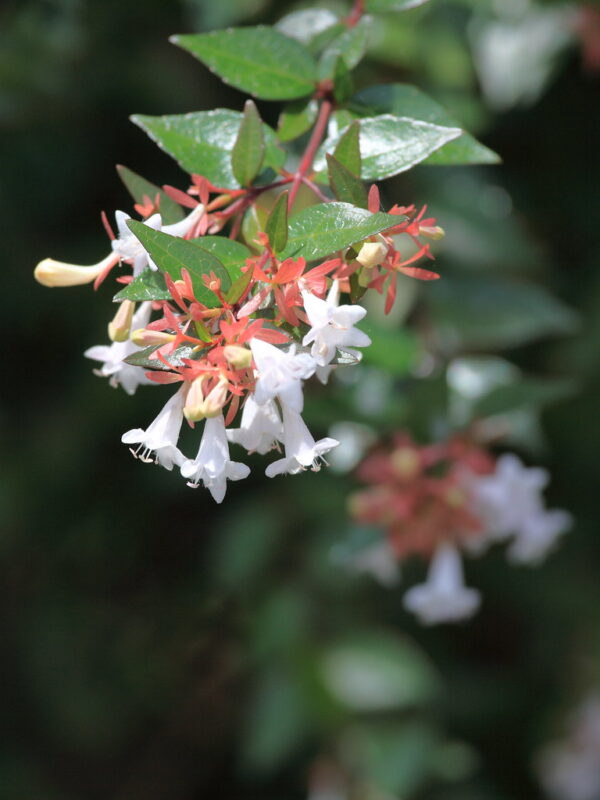
With its variegated foliage and delicate white flowers, Glossy Abelia (Abelia x grandiflora ‘Kaleidoscope’) offers an attractive, dynamic presence in any sunny garden. This shrub blooms in late summer, releasing a light, sweet fragrance that attracts pollinators.
Thriving in full sun, Glossy Abelia can tolerate varying soil conditions, but a well-drained soil mix will help it flourish. Regular pruning can stimulate new growth and enhance the plant’s overall appearance. Its versatility makes it perfect for borders, mixed plantings, or even container gardens. By adding brilliant color and texture changes throughout the season, this bush can truly elevate your garden landscape.
Oakleaf Hydrangea (H. quercifolia)
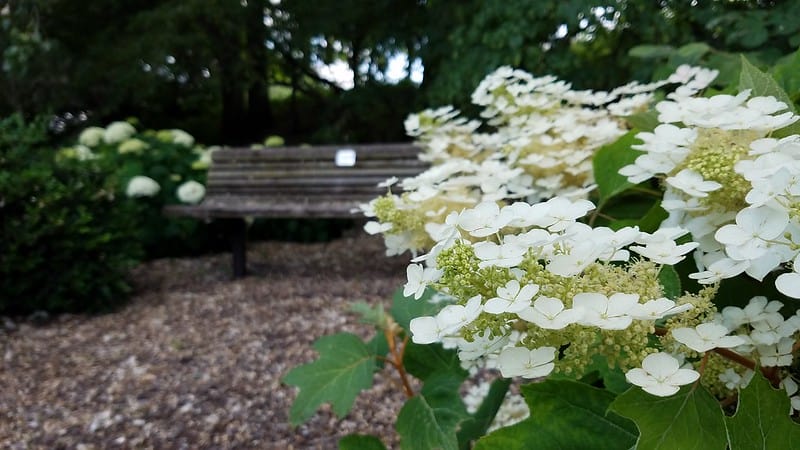
Contrary to the impression given by its name, Oakleaf Hydrangea (H. quercifolia) is a stunning sun-loving shrub that displays delightful, cone-shaped clusters of flowers throughout the summer. With its distinctive oak-like foliage transforming into stunning hues of red and orange in the fall, it contributes remarkable seasonal interest.
While Oakleaf Hydrangeas prefer full sun for their blooming period, they can tolerate partial shade. Providing well-drained, moist soil will aid sustainability, ensuring these lovely beauties flourish. Their excellent adaptability to different garden styles makes them a versatile choice, and they can be both used as standalone focal points or incorporated into larger plantings.
Elephant Bush (Portulacaria afra)
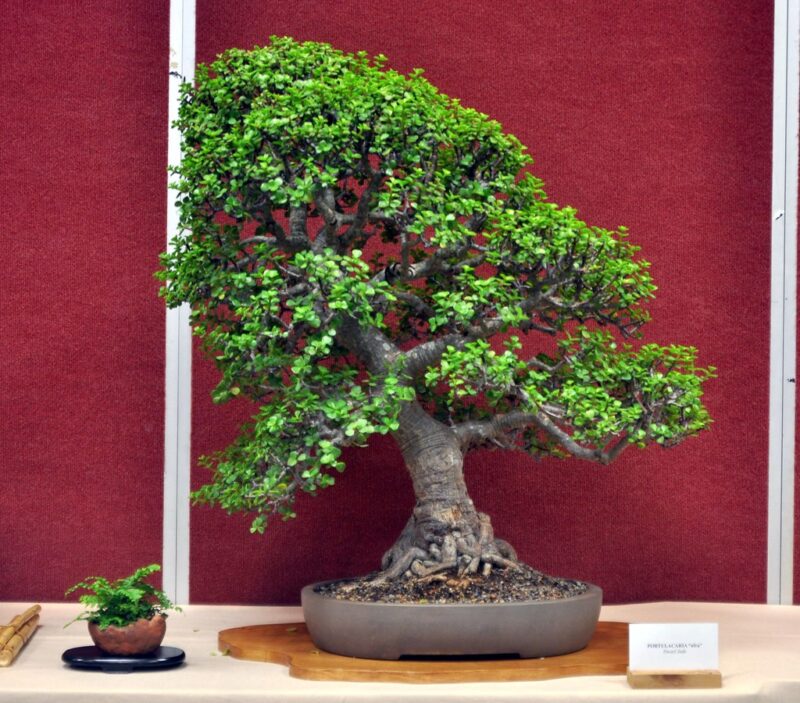
The Elephant Bush (Portulacaria afra) is an attractive, succulent shrub perfect for gardeners in warm climates. Known for its thick, fleshy leaves and ability to withstand drought conditions, this bush adds a unique touch to your garden with its vibrant green foliage and attractive structure.
This plant thrives in full sun and typically prefers well-drained soil, making it ideal for xeriscaping. It can be pruned to maintain a compact size, or allowed to grow into a larger shrub, providing a lush, tropical feel to your outdoor space. As a bonus, Elephant Bush can also be grown indoors as a houseplant, proving to be just as useful for enhancing indoor spaces as it is for gardens.
Flamingo Dappled Willow (Salix integra ‘Flamingo’)

Flamingo Dappled Willow (Salix integra ‘Flamingo’) is a delightful addition to any sunny garden, boasting stunning cream and pink variegated foliage. This adaptable shrub showcases soft, thin stems that catch the breeze, making it a lively feature in your garden year-round.
This dynamic shrub prefers a sunny location, thriving in well-drained soil. Once established, it can tolerate some drought but flourishes with regular watering. A light pruning in early spring encourages a bushier, denser appearance and encourages vibrant new foliage. With its unique coloring and graceful form, the Flamingo Dappled Willow brings joy and energy to your landscape.
Viburnum (Viburnum spp.)
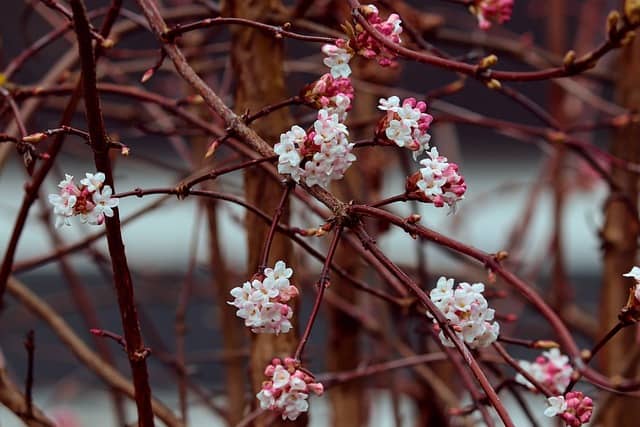
Viburnum (Viburnum spp.) encompasses a wide range of species and cultivars, many of which thrive in full sun conditions. Renowned for their delectable smells, stunning clusters of flowers, and attractive berry clusters, these shrubs are a wonderful way to attract wildlife. The flowers, which range from creamy white to dark pink, bloom in spring, while the fall berries are a feast for birds.
Most Viburnum species prefer well-drained soil and a sunny spot to thrive. Pruning should be done after flowering to maintain their shape without sacrificing future blooms. With such diversity among species, one can easily find a Viburnum that suits virtually any garden style or size.
Dogwood (Cornus florida)
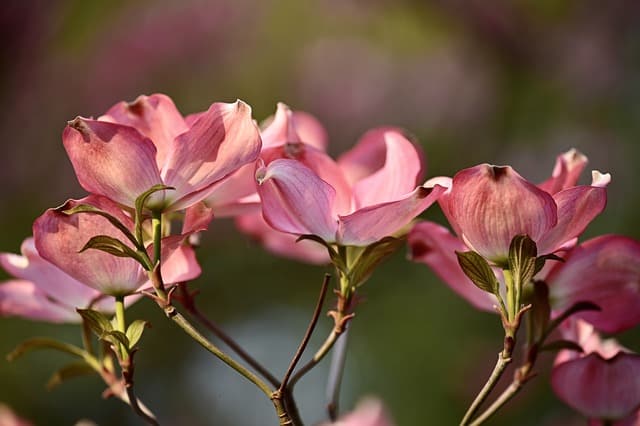
Dogwood (Cornus florida) offers beautiful blooms during springtime and is celebrated for its unique flowering bracts, which can take on shades of white, pink, or red. This bush not only offers breathtaking floral displays but can also be a stunning landscape shrub with its attractive fall foliage.
While Dogwood prefers full sun, it appreciates moist, well-drained soil. Regular watering is especially crucial during dry spells. While Dogwoods can grow quite large, they respond well to pruning, which can encourage a fuller appearance and maintain their size. With their delightful blooms and attention-grabbing fall colors, Dogwoods are an exquisite addition to any sunlit garden.
Forsythia (Forsythia spp.)
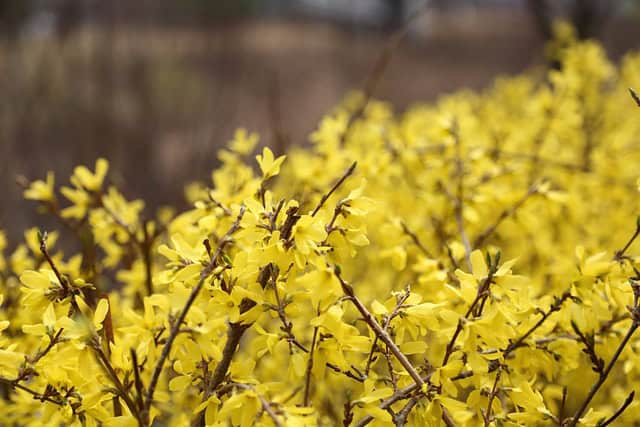
Forsythia (Forsythia spp.) is one of the first shrubs to signal the arrival of spring. This vigorous and carefree plant bursts into a golden cascade of blooms long before most other garden shrubs, bringing a cheery brightness to your landscape.
Typically, Forsythia prefers full sun for optimal flowering and will thrive in well-drained soil. This fast-growing shrub can reach heights of up to 10 feet, making it an effective screening option or a colorful backdrop in any garden. A light pruning after flowering will encourage bushy new growth and can help manage its size. Forsythia is surprisingly resilient and can provide a splash of color each spring, making it a must-have for sunny garden enthusiasts.
Mock Orange (Philadelphus pubescens)
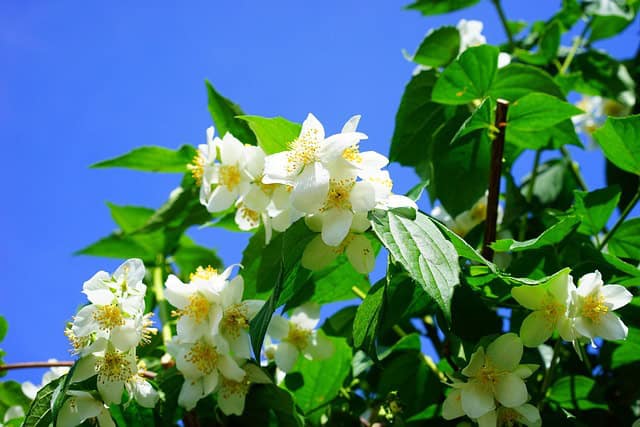
Mock Orange (Philadelphus pubescens) is an amazing shrub that delivers exquisite, fragrant white blooms in late spring or early summer. Resembling orange blossoms, the sweet scent of these flowers can fill the air around your garden, attracting bees and other beneficial insects.
Preferring full sun, Mock Orange grows best in fertile, well-drained soil. Regular watering during dry spells will support strong blooming and overall health. Pruning should be done after flowering to maintain its size and encourage renewed blooming the following year. With its eye-catching blossoms and enchanting fragrance, Mock Orange can add a romantic touch to any garden setting.





